Consumers’ Embrace of Digital Health Tech Stalls, and Privacy Concerns Prevail – Accenture’s 2020 Research
Health Populi
MARCH 10, 2020
Use of wearable tech nearly halved, from 33% to 18%, between 2018 and 2020. But even trust in the most trusted steward, my doctor, eroded between 2019 and 2020. To the issue of trusting my doctor to keep my information secure, the survey found a decline from 89% trusting my doctor in 2019 to 83% in 2020.

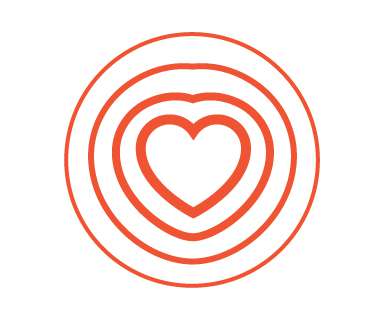
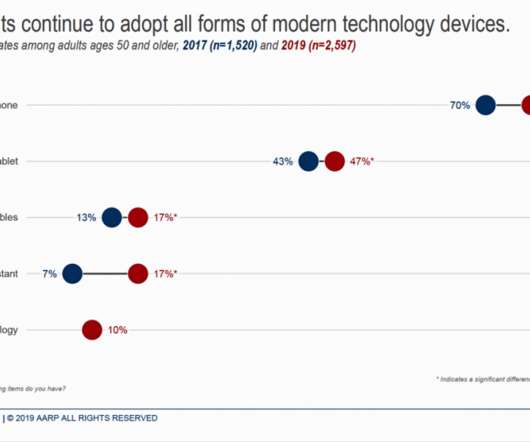
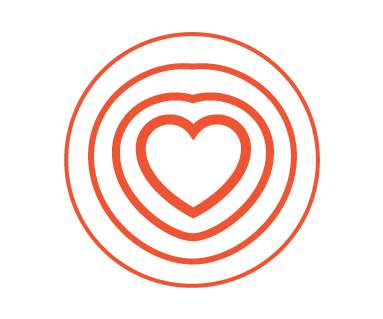
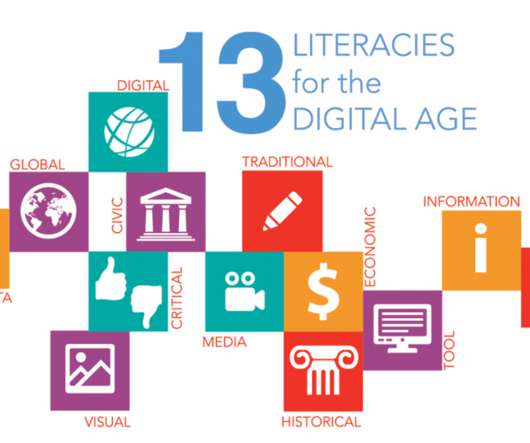
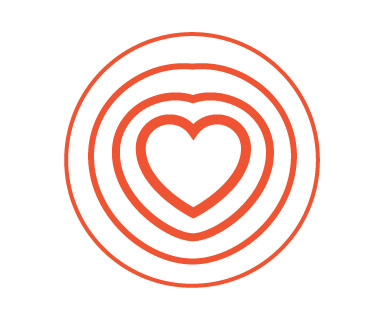
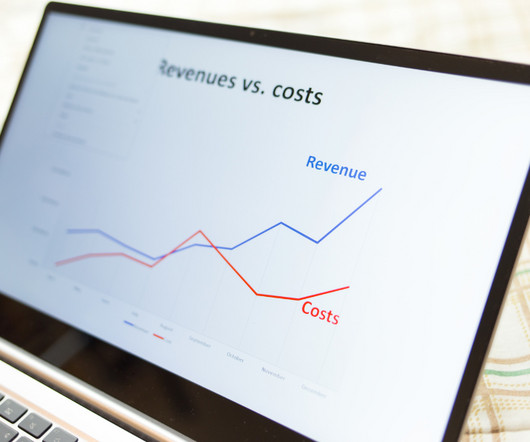

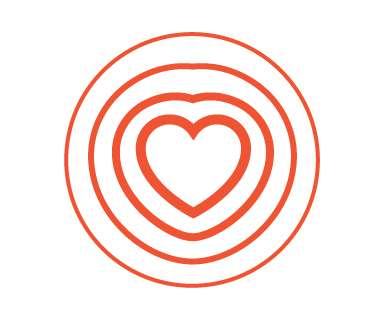


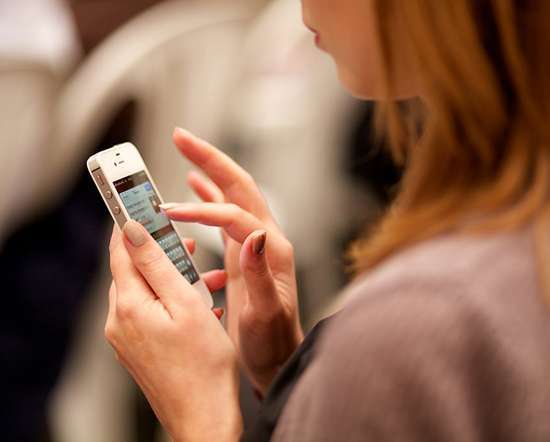






Let's personalize your content